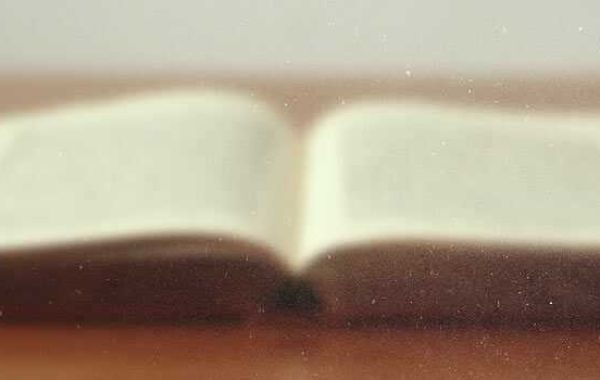Riot gear is essential for law enforcement and security personnel to manage public disturbances and maintain order. However, the effectiveness of riot gear depends not only on its quality but also on how it is used. Here are three common mistakes that can undermine the safety and efficiency of using riot gear, along with tips on how to avoid them.
1. Improper Fit and Adjustment
The Mistake
One of the most common mistakes is not ensuring that riot gear fits properly. Ill-fitting gear can significantly reduce the protection it offers and may even cause discomfort or injury. For example, a helmet that is too loose might shift during a confrontation, exposing vulnerable areas of the head. Similarly, body armor that is not adjusted correctly can leave critical areas unprotected or restrict movement.
Why It Happens
This mistake often occurs due to a lack of proper sizing during the initial fitting process or neglecting to readjust the gear after prolonged use. Additionally, some personnel may underestimate the importance of a secure fit, believing that as long as they are wearing the gear, they are fully protected.
How to Avoid It
- Proper Sizing: When acquiring riot gear, ensure that it is appropriately sized for each individual. Many manufacturers provide detailed sizing charts and guidelines. Take the time to measure correctly and select the right size.
- Regular Adjustments: Regularly adjust and test the fit of your gear. Ensure that helmets, body armor, and other protective equipment are snug but comfortable, allowing for full range of motion.
- Training and Drills: Incorporate fitting and adjustment checks into regular training and drills. This practice will help personnel become familiar with their gear and recognize the importance of a proper fit.
2. Neglecting Regular Maintenance and Inspection
The Mistake
Another frequent error is neglecting the regular maintenance and inspection of riot gear. Over time, wear and tear can compromise the integrity of protective equipment, reducing its effectiveness. For example, cracks in shields, worn straps, or compromised ballistic plates can all pose significant risks.
Why It Happens
Maintenance and inspections can be time-consuming, and in the rush of daily operations, these tasks may be overlooked. Additionally, there may be a lack of awareness regarding the importance of regular gear checks or insufficient training on how to perform them.
How to Avoid It
- Scheduled Inspections: Establish a regular schedule for inspecting all riot gear. Check for signs of wear and tear, such as cracks, fraying, and loose straps. Replace any damaged components immediately.
- Cleaning and Care: Follow the manufacturer’s guidelines for cleaning and caring for each piece of equipment. Proper maintenance can extend the lifespan of the gear and ensure it remains effective.
- Documentation: Keep detailed records of inspections and maintenance activities. This documentation can help track the condition of the gear over time and ensure that no inspections are missed.
3. Lack of Proper Training and Familiarization
The Mistake
Even the best riot gear is ineffective if the user is not properly trained in its use. A common mistake is deploying personnel with riot gear they are not fully familiar with, leading to improper use or inability to maximize the gear's protective features. For instance, not knowing how to properly use a riot shield in defensive formations can compromise both individual and team safety.
Why It Happens
This mistake often arises from inadequate training programs or the assumption that using protective gear is intuitive. Budget constraints or time limitations may also lead to shortcuts in training.
How to Avoid It
- Comprehensive Training: Ensure that all personnel receive thorough training on how to use each piece of riot gear. Training should cover proper fitting, adjustment, maintenance, and tactical use in various scenarios.
- Regular Drills: Conduct regular drills and simulations that incorporate the use of riot gear. These drills help personnel become more comfortable with their equipment and refine their techniques.
- Continual Education: Stay updated on new developments in riot gear technology and tactics. Provide ongoing training opportunities to ensure that personnel are equipped with the latest knowledge and skills.
Conclusion
Riot gear is a critical component of law enforcement and security operations, offering essential protection in volatile situations. However, its effectiveness depends heavily on proper usage. By avoiding common mistakes such as improper fit and adjustment, neglecting regular maintenance and inspection, and lacking proper training and familiarization, you can ensure that your riot gear provides the maximum level of protection and functionality. Investing time in these areas not only enhances the safety and performance of individual officers but also contributes to the overall effectiveness and reliability of the entire team.







